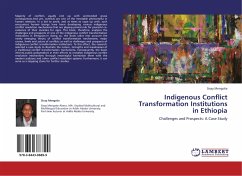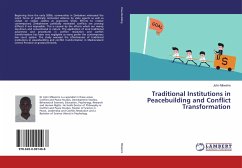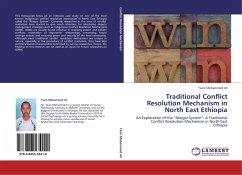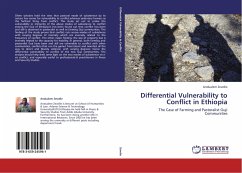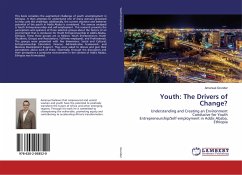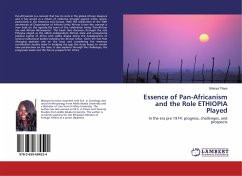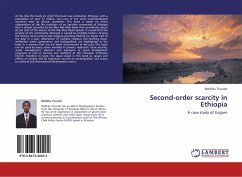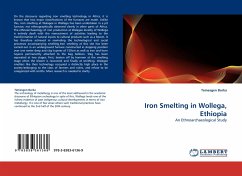Majority of conflicts usually end up with unintended grave consequences.And yet, conflicts are one of the inevitable phenomena in human relations. In a bid to avoid, and at times to cope up with, such encounters human beings have been developing various indigenous conflict resolution mechanisms that are playing pivotal role for peaceful co-existence of their societies for ages. This book, therefore, analyzes the challenges and prospects of one of the indigenous conflict transformation institutions in Ethiopian.In doing so, the book takes into account the newly emerging theory of conflict transformation mechanisms, major causes, levels and actors of conflicts as well as challenges and prospects of indigenous conflict transformation institutions. To this effect, the research selected a case study to illustrate the nature, strengths and weaknesses of a traditional conflict transformation mechanisms. Consequently, the book informs public policymakers in their efforts to revitalize indigenous conflict resolution mechanisms through meaningful harmonize them with the modern judiciary and other conflict resolution systems. Furthermore, it can serve as a stepping stone for further studies.

